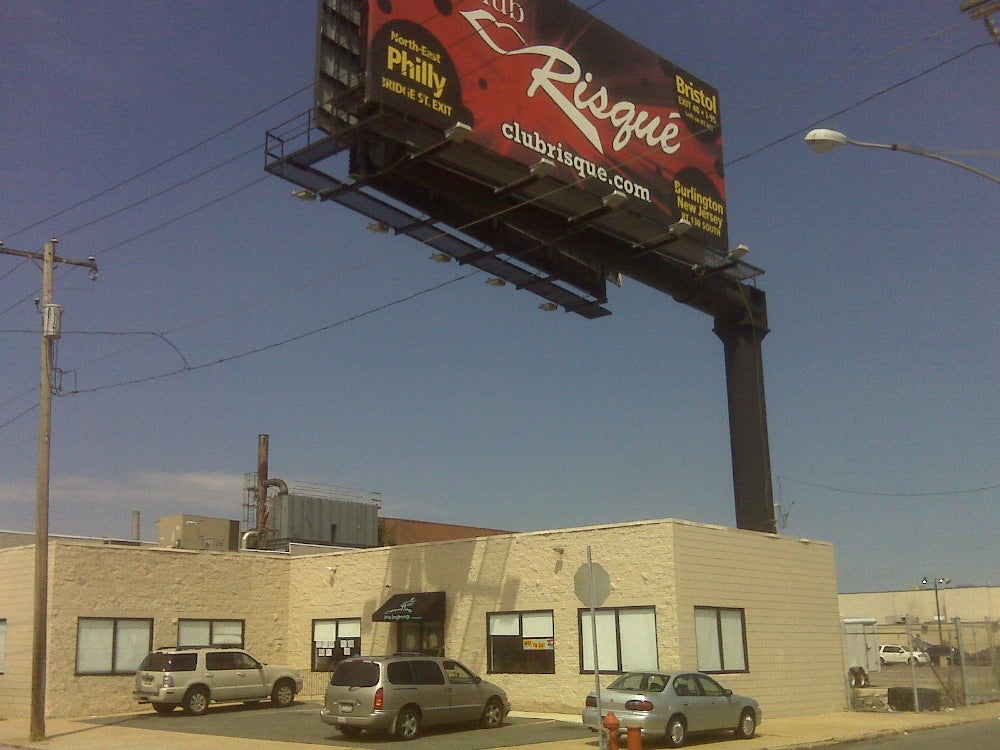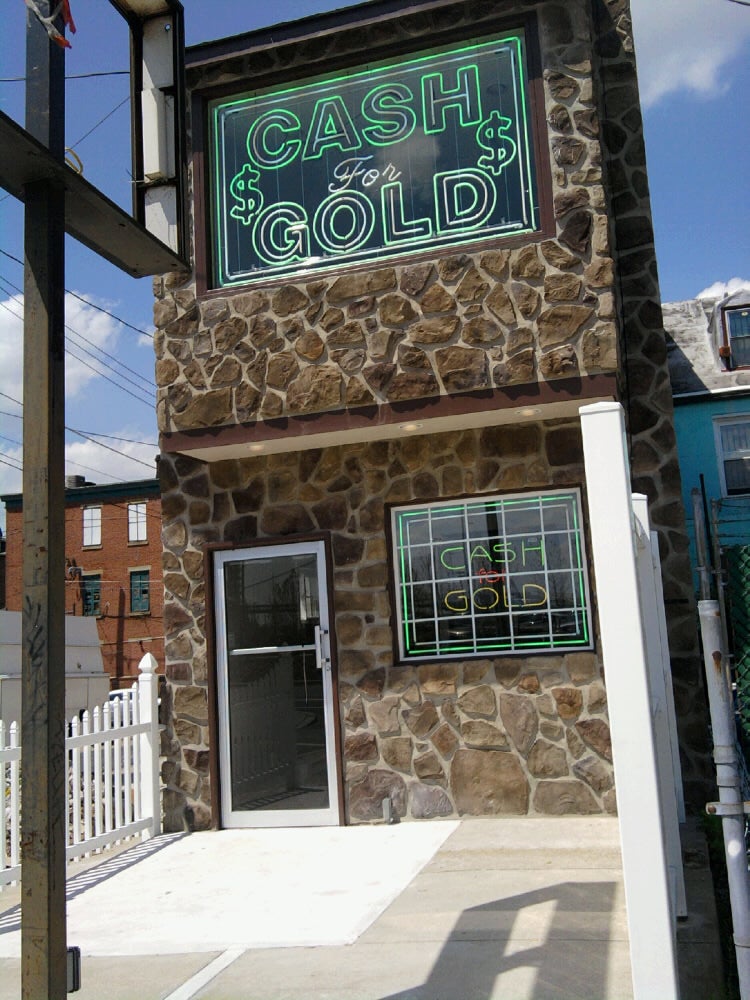CDAG to fight waterfront projects that threaten the waterfront vision
Developments that violate the public’s vision for the Central Delaware riverfront have been getting the green light despite a zoning overlay meant to ensure that doesn’t happen, say members of the Central Delaware Advocacy Group.
So CDAG, an organization comprised of representatives from the waterfront neighborhoods, has decided to actively fight against any development it finds contrary to the city’s established waterfront goals – with or without the support of the neighborhood association where the development is located.
“Right now the overlay is getting pockmark holes all the way up and down,” said Tom Potts, CDAG’s Olde Richmond Civic Association representative. “We need to advocate for the overlay to be held strong.”
The developments and proposals that spurred CDAG toward this tactical change include:
-The opening of a check cashing store and the forward motion of a zoning ordinance that would legalize an a L&I-cited billboard and allow it to go digital, both in Pennsport.
-The over-the-counter issue of a permit for a yet-unopened cash-for-gold store near SugarHouse Casino in Fishtown.
-The progress of a zoning ordinance that would allow a 3,000-patron music venue to open on Richmond Street in the Fishtown/Olde Richmond area while also exempting other nearby properties from a zoning overlay that prohibits night clubs.
Until now, CDAG has actively lobbied various branches of city government and the Delaware River Waterfront Corporation – the quasi-city agency overseeing the creation of the Central Delaware Master Plan – for planning and zoning documents, rules and regulations that support the vision for the Central Delaware Waterfront gleaned from more than a year of public input sessions.
The waterfront corporation Monday released a draft-summary of the Master Plan, working toward a final report in September.
To give the plan real teeth, the city must then adopt zoning to codify the plan. But in June 2009, City Council passed legislation introduced by First District City Councilman Frank DiCicco that created the Central Delaware Waterfront Overlay – a stop-gap measure meant to protect the civic vision for the waterfront until the permanent zoning changes are made.
CDAG has taken a much less active role when it comes to individual projects, deferring to the representative civic association, and offering guidance behind the scenes and letters of support when it was requested.
There was a discussion last fall about moving toward a more pro-active role, but taking no stance on function.
The release of the Central Delaware Master Plan is another reason why CDAG needed to look at making a change, said CDAG Chairman Steven Weixler. “There’s going to be a new phase in CDAG’s life, and that’s the advocacy phase,” he said. “We need to have a big strong organization here pulling for each other without pulling at each other.”
In each of the projects that CDAG sees as a pockmark on the overlay, there is at least some degree of opposition in the community. But members anticipate there may be times when that won’t be the case. Members said at their meeting last week that while the group should still work very closely with local civics, from here on out, CDAG must take its own positions, especially on large projects within the overlay district, which runs from Allegheny to Oregon avenues, from the river to I-95.
Member Sandy Salzman, who is executive director of New Kensington Community Development Corporation, said her organization and the civic associations that cover the various parts of its territory tend to have the same opinion of proposed projects. But “there are times when we have disagreed, and when we disagreed, we have had hard feelings,” she said. In those cases, New Kensington CDC has told the civic association it has a difference of opinion, and has lobbied the relevant decision-making body as it sees best.
CDAG member Tom Otto, who represents Pennsport, said he supported CDAG getting involved with individual projects that were potentially problematic as soon as it could, without relying on someone else to do so.
When a check cashing store was proposed and given the OK by the zoning board of adjustment, Otto was president of Pennsport Civic. “We opposed it strongly,” he said. Pennsport said DiCicco told them he was going to file suit, and they left it up to him. “He has bigger pockets than we do,” Otto said. But “for whatever reason, it was never done. And that thing is up and going now,” Otto said. He wishes Pennsport had filed a lawsuit – the filing costs $50.
(In a previous interview, DiCicco told PlanPhilly that he misunderstood when the check cashing store decision had been made. He thought he had time to file after council’s winter break, but it turned out he did not.)
CDAG member Jim Moss, who is also from Society Hill, said a CDAG committee should develop guidelines on how and when CDAG takes action independently from a civic association. If CDAG and the local agree, Moss said, CDAG should only take a position on significant issues, because there isn’t time to get involved in everything. Likewise, if the civic and CDAG disagree, CDAG might chose to be silent if the issue is not significant. But “there could come a time when we are doing battle with the local, and I think that’s OK.”
CDAG member and Queen Village board member Rich Wolk said CDAG positions should also consider whether a project is east or west of I-95. The master plan’s goals include linking neighborhoods east of I-95 to the river. But Wolk said it’s when a project is within the overlay that “it is in the scope of what we do to take a very strong stand if we feel that there’s something wrong.”
Wolk said that the Pennsport billboard is an example of that. “That is something that could be in the south first, and then the north next, and then along 95 wherever they want,” he said. “That’s within the scope of us taking a strong stand.”
CDAG is reconstituting its zoning committee, and at the suggestion of member Laura Lanza, who represents Port Richmond, will request notification from city council members whenever a project within the overlay is to be considered for a zoning change. The committee will then report back to the full board, so the project can be discussed.
“We need to resurrect the zoning committee to be the watch dog,” Lanza said. “Regardless of what the civics feel, we still need to put our dog on it. This is our job. It will require work, but I think it’s critical we do that.”
Reach the reporter at kgates@planphilly.com.
WHYY is your source for fact-based, in-depth journalism and information. As a nonprofit organization, we rely on financial support from readers like you. Please give today.





